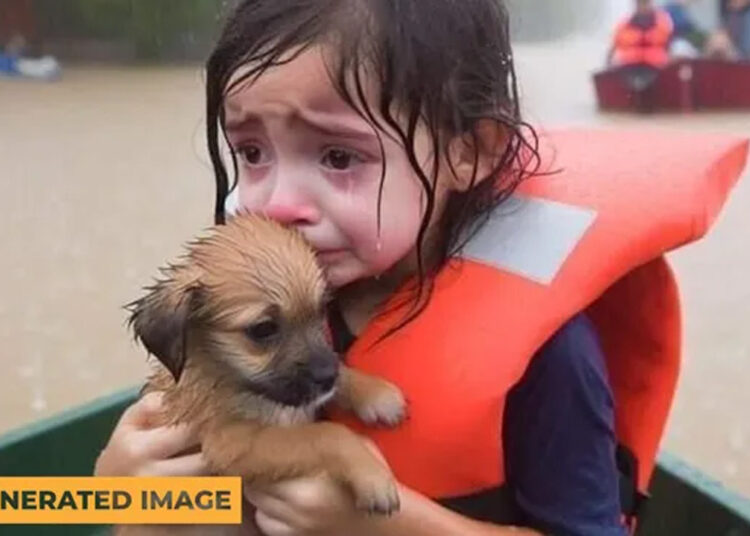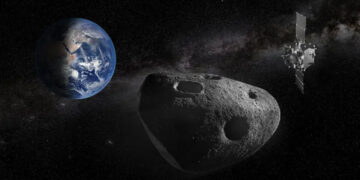Recently, the line between images generated by artificial intelligence and real photographs is becoming increasingly blurred. Sometimes these images, which are entirely fictional, can be perceived as real at first glance and deceive users.
Examples like the image of a little girl carrying a puppy on her lap that emerged during the Helene Storm last year sparked major discussions on social media. However, in most cases, these contents are categorized as AI trash — low-quality and questionable in accuracy. These rapidly spreading contents, leveraging internet’s attention economy, often overshadow more qualitative and valuable content.
Also, AI-based content production is impacting other platforms as well. According to a July 2025 analysis by The Guardian, more than a quarter of the fastest-growing YouTube channels offer entirely AI-generated content. One in nine channels is fed with completely artificial content, such as zombie football or cat series. A similar effect is observed on Spotify; quickly growing groups attract attention by sharing artificially produced tracks.
AI, which facilitates content creation, also contributes to the rapid proliferation of low-quality texts. For example, the science fiction magazine Clarkesworld stopped accepting submissions in 2024 due to AI-generated articles. A similar struggle continues on platforms like Wikipedia; efforts are underway to cope with low-quality AI content.
The problem is not limited to low quality alone. The AI trash creates a surface for misleading content to spread rapidly on social media and news feeds, leading to the circulation of false information and triggering social debates. It also threatens genuine artists and content creators. The tendency of algorithms to promote AI content more prominently can reduce the visibility of original creators. As a result, many content creators who make a living online face job losses and financial difficulties. The expanding role of AI in content production raises important questions about the future of the digital world.









